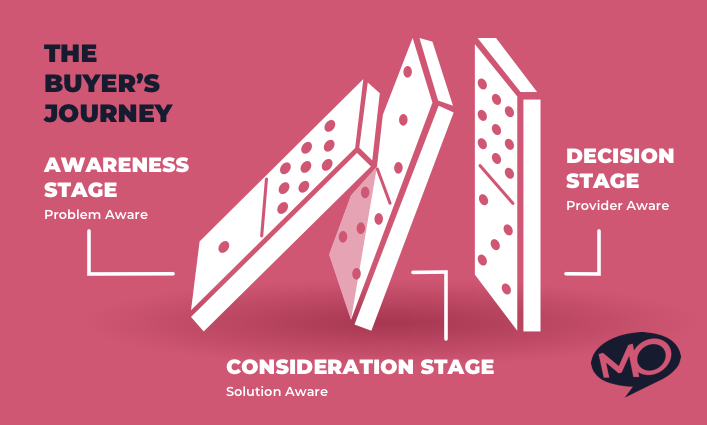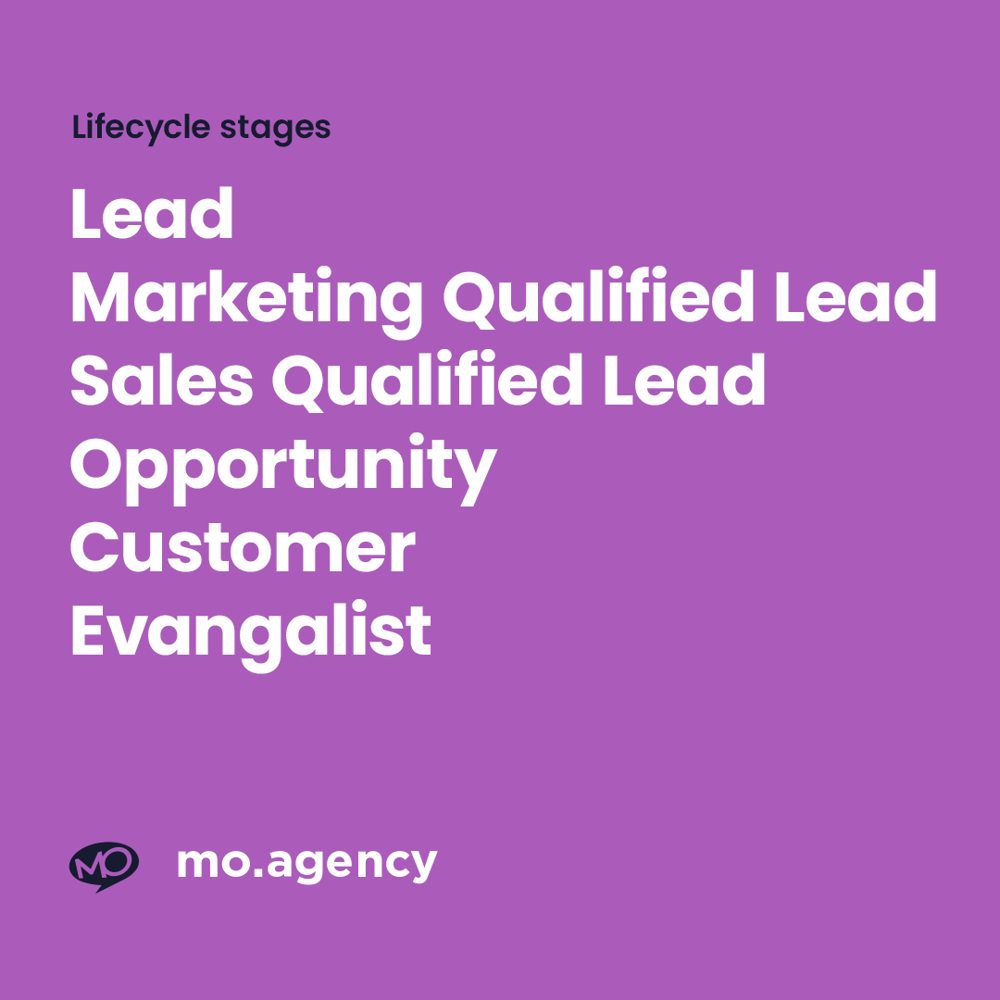Lead generation is the process of attracting and converting potential customers into leads for a business, typically through marketing and sales efforts.
Summary
Lead generation is essential for any business because it can help attract and convert potential customers into paying customers, driving business growth and revenue.
But there's a big difference between Lead Generation and Inbound Lead Generation. Inbound Lead Gen develops much higher quality leads.
Search for 'What are the top marketing challenges?', and you'll note, most of the authors named 'high-quality leads' listed as their main challenge. Understanding Inbound Lead Generation is really important, so let's jump in.
What is Inbound Lead Generation?
Inbound Lead Generation is a marketing approach that involves attracting potential customers to your business by providing helpful and valuable content. By creating high-quality and customer-centric content, Inbound Lead gen provides value and builds trust with potential customers, rather than simply trying to sell to them.
An Inbound Lead Generation strategy aims to generate leads (potential customers) who need your products or services. This means your sales team is constantly dealing with warm leads.
This is opposed to outbound lead generation, which involves reaching out to potential customers (cold outreach) who may not have any prior interest in your company/products.
Potential customers might be in various stages of the buyer's journey; they could be aware of the problem but have yet to identify the solution. Or they could be in the final stages and shortlisting providers.

Inbound Lead Generation is synonymous with the digital marketing strategy - Inbound Marketing typically involves digital marketing tactics like Search Engine Optimisation (SEO), Content Marketing, Social Media Marketing, and Email Marketing.
By creating valuable content that meets the needs of your target audience and promotes your brand, you can generate high-quality leads and grow your business.
What is an Inbound Lead?
Inbound leads are potential customers who have found your marketing material, interacted with it, and submitted their contact details, either in exchange for something (e.g. eBook or webinar) or to talk to a salesperson.
Several actions can turn a visitor into an Inbound Lead, including downloading a resource such as an eBook, guide, or white paper, calling your sales team after reading a piece of content, requesting a product demo or free trial after watching a webinar or filling in a survey.
It's important to note that not all inbound leads are the same. While any lead that comes into your pipeline voluntarily is an inbound lead, two Lead types are particularly valuable for moving through your sales funnel:
Marketing Qualified Leads (MQLs): These are leads that have engaged with your marketing efforts and have shown an interest in your product or service. A Marketing Qualified Lead may have downloaded a resource or visited your website multiple times.
Sales Qualified Leads (SQLs): These leads have been qualified by your sales team and have demonstrated a strong interest in your product or service. A Sales Qualified Lead may have requested a product demo or talked with one of your sales reps.
By focusing on these two types of inbound leads, businesses can ensure they are spending their time and resources on the most qualified and engaged potential customers.
Read more on Lifecycle Stages of which Marketing and Sales Qualified Leads are part.

What’s the difference between Inbound and outbound leads?
Inbound Leads are potential customers who have shown interest in your business through their own research or marketing efforts, while outbound leads are generated through direct outreach to potential customers. Here are some key differences between Inbound and Outbound Leads:
- Inbound Leads are generated through marketing efforts that attract customers, such as Search Engine Optimisation (SEO), Content Marketing, Social Media Marketing, and Email Marketing.
- Outbound leads are generated through outreach efforts such as Cold Calling, Direct Mail, or Cold Email Marketing.
- Inbound Leads are generally more qualified and more likely to convert, as they have shown interest in your business by engaging with helpful content.
- Inbound Leads are typically more cost-effective, as they rely on creating valuable content and building a strong online presence to attract potential customers, whereas outbound leads may require more resources and time to generate.
Benefits of Inbound Lead Generation for Businesses
Inbound Lead Generation can offer several benefits to businesses, including:
- Improved return on investment (ROI): Inbound leads are typically more cost-effective than outbound leads, as they rely on creating valuable content and building a strong online presence to attract potential customers. This can result in a higher ROI for businesses that invest in an Inbound Lead Generation strategy.
- Higher quality leads: Inbound leads are often more qualified and more likely to convert into paying customers, as they have shown an interest in your business and have taken action to express that interest.
- Improved brand awareness: Inbound Lead Gen efforts, such as content marketing and social media marketing, can help to increase brand awareness and position your business as a thought leader in your industry.
- Increased website traffic: By creating valuable content and optimising it for search engines, businesses can attract more website visitors and generate more inbound leads.
- Long-term benefits: Inbound Lead Generation strategies can provide long-term benefits for businesses, as they can continue to generate leads and attract customers over time.
4 Types of Lead Generation Strategies
Content Marketing
Content is a key component of Inbound Lead Gen campaigns. Blogs, eBooks, and videos can educate, inform, and delight prospects, driving brand growth and generating more opportunities. Businesses can keep prospects engaged by providing value and attracting high-quality inbound leads.
SEO
Creating valuable content is crucial for Inbound Lead Gen, but it's also essential to focus on SEO to attract prospects.
Articles and blogs can help position your brand as an authority, and SEO can drive more prospects without extra costs. To optimise your blog for SEO, focus on your ideal customer and provide value. Consider collaborating with industry thought leaders to grow your audience quickly.
Social Media
The best B2B lead generation companies use social media platforms like LinkedIn to build brands and optimise campaigns across lead sources. LinkedIn is an excellent platform for B2B marketing, and businesses can leverage its tools to attract more high-quality leads.
By creating valuable content and engaging with potential customers through LinkedIn, businesses can position themselves as thought leaders in their industry and attract more Inbound Leads. YouTube is also an excellent platform to consider for creating videos that answer your ideal customers' questions.
Email Marketing
Email marketing is a highly effective Lead Generation strategy. By building a prospecting list of email addresses, businesses can nurture these leads by sending valuable content and start conversations with potential customers.
To streamline the process, businesses can use automation software to automate each campaign. To encourage prospects to provide their email addresses, offer something in return, such as an eBook, whitepaper, webinar, or company newsletter.
Live chat/message
Live chat or messaging is a powerful tool for Inbound Lead Generation because it enables businesses to engage with website visitors in real time, answer their questions, and address their concerns.
By providing instant support and assistance, businesses can create a positive experience for visitors, build trust, and increase the likelihood of converting them into leads.
5 Inbound Lead Generation tools you should know
HubSpot
HubSpot is an all-in-one marketing, sales, and service platform that offers a variety of tools for Inbound Lead Generation, including marketing automation, email marketing, social media scheduling, and lead scoring.
Google Analytics
Google Analytics is a free web analytics tool that provides insights into website traffic, user behaviour, and other key metrics. This can help businesses to identify areas for improvement and optimize their website for lead generation.
SEMrush/Ahrefs
SEMrush and Ahrefs are strong SEO and keyword research tools that can help companies to identify and target the right keywords for their content marketing and SEO efforts. They also provide competitive analysis and backlink tracking features.
Google Ads Keyword Planner
Google Ads Keyword Planner is a combined keyword research tool in the AdWords interface that helps businesses identify the right keywords for their Content, SEO and PPC content planning.
Chat GPT
ChatGPT is a highly useful tool for quickly creating content for Inbound Lead Generation. As a large language model trained by OpenAI, ChatGPT has the ability to provide accurate and relevant information on a wide range of topics related to lead generation, content marketing, and SEO.
With ChatGPT, businesses can quickly generate ideas for blog posts and social media content, as well as get answers to their questions and concerns.
Example of an Inbound Lead Generation in 2023
When new recruits join our team, they need to complete an Inbound Marketing project. regardless of whether they're a Designer, Account Manager, Content Writer, Brand Strategist, etc. - they need to do this project.
The final output is what we call an Inbound Showcase. The showcase below clearly demonstrates the Inbound Lead Generation process, with an overview LucidChart flow diagram, plus screenshots of all the assets built for the campaign.
This is not a sophisticated Inbound Lead Generation process, but it's a solid baseline to build into marketing software like HubSpot or other similar marketing/automation platforms. The designs are not pretty, and the content is rough, but it clearly demonstrates the Inbound Lead Generation process.
Final Thoughts
Inbound Lead Generation strategies are far and away the best way to create high-quality leads for a business and sales team.
The Inbound Lead Generation process of providing helpful content as a means of generating leads is customer-centric, and this is the best way to start a successful customer relationship.





